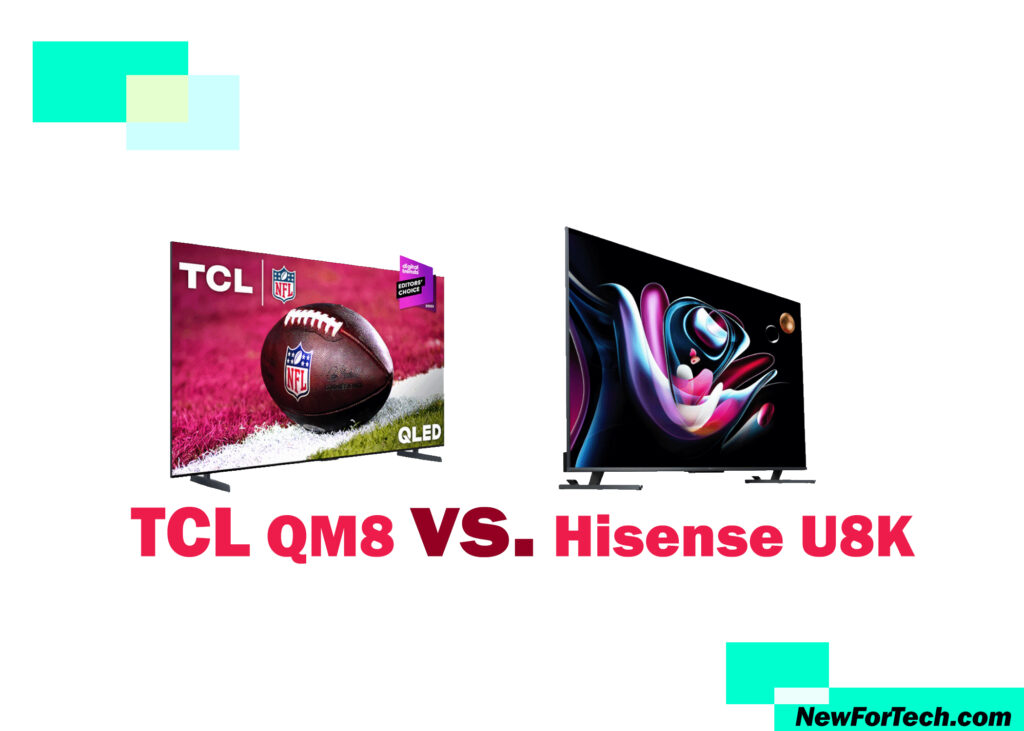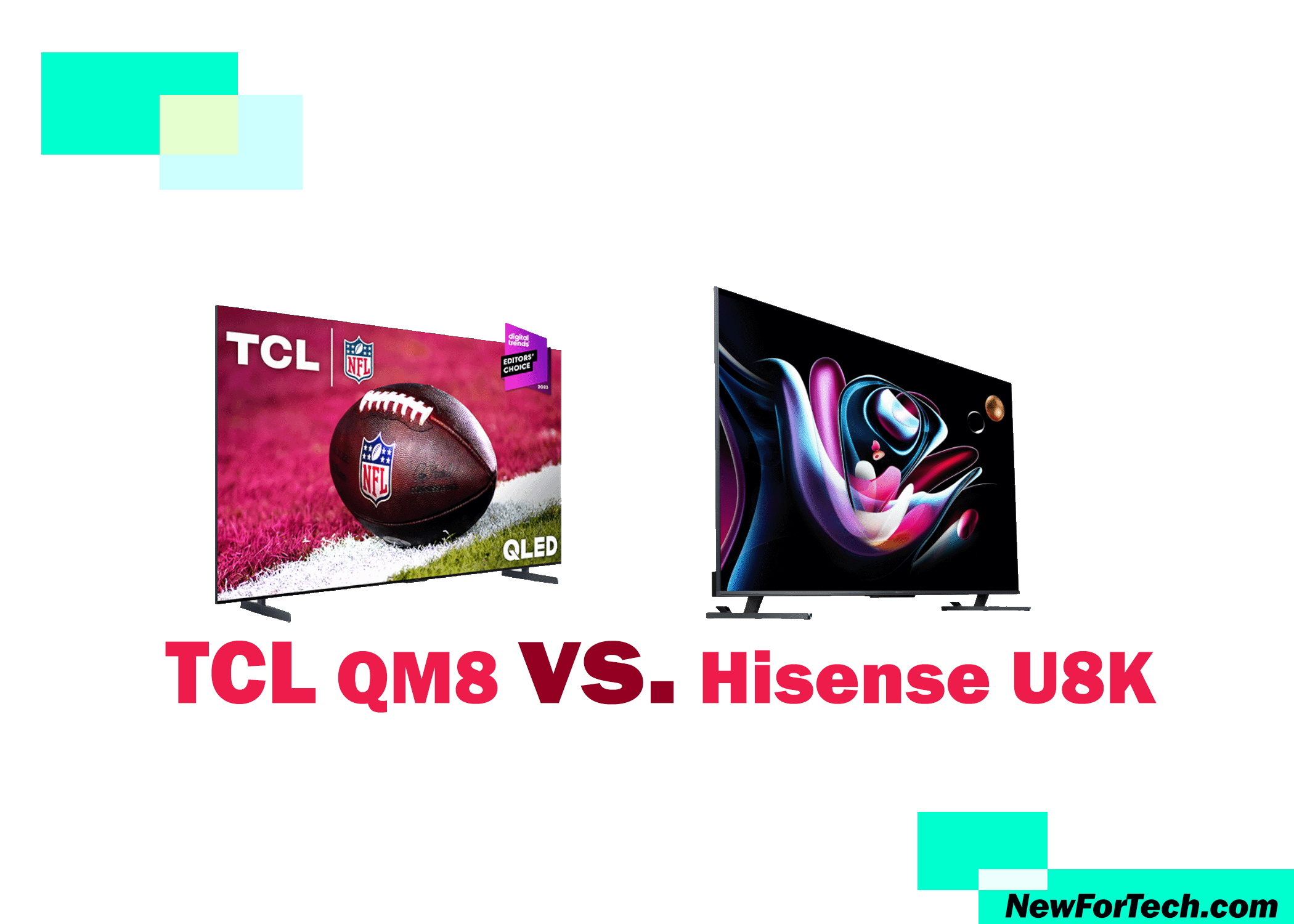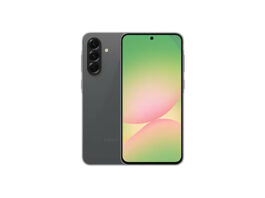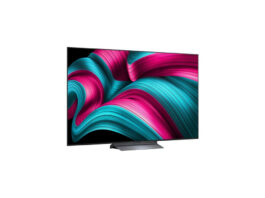How to Select the Ideal 2023 Budget Mini-LED TV, TCL QM8 vs. Hisense U8K.
Introducing the TCL QM8
- TCL QM8 offers a range of sizes: 65-, 75-, 85-, and 98-inch.
- Screen type: QLED with Mini-LED.
- Refresh rate: Up to 144Hz.
- Smart TV: Google TV.
The flagship QM8 from TCL boasts exceptional brightness and local dimming for profound shadow effects. With screen sizes up to 98 inches, it competes favorably on pricing with other mini-LED options. Movie enthusiasts, sports lovers, and gamers will appreciate its features. It features the Google TV interface, and the Google Assistant can be operated hands-free via voice commands. Moreover, the QM8 outshines the Hisense U8K in peak brightness and exhibits a more sleek design.
Pros:
- Remarkable brightness
- Anti-glare screen
- Affordable pricing
Cons:
- Some backlight blooming
- Lacks an ATSC 3.0 tuner
Unveiling the Hisense U8K
- The U8K series by Hisense comes in sizes: 55-, 65-, 75-, and 85-inch.
- Screen tech: QLED with Mini-LED.
- Refresh rate: Up to 144Hz.
- Smart TV: Google TV.
Hisense’s U8K leads their 2023 mini-LED TV lineup, providing the expected high brightness and deep black shadows with a full array of local dimming. Google TV handles streaming and voice commands, including comprehensive gaming support and an ATSC 3.0 tuner for future-proof TV broadcasts. While slightly cheaper than the TCL QM8, it matches the TCL flagship in key performance aspects.
Pros:
- Impressive brightness
- Competitive Pricing
- ATSC 3.0 tuner
Cons:
- Some backlight blooming
- Complex setup menus
Mini-LED TVs are lauded for their exceptional brightness, ideal for daytime sports viewing and high dynamic range content. Both TCL and Hisense offer notable models in this category, included in our list of top 4K TVs for 2023.
TCL QM8 and Hisense U8K, both new for 2023, feature mini-LED backlights, delivering excellent picture quality at a budget-friendly price. Gamers will also appreciate their low input lag and 4K 144Hz input support.
Now, which budget mini-LED TV reigns supreme? We’ll dissect a list of comparative points from our reviews, helping you make an informed choice based on your needs and pricing considerations.
TCL QM8 vs. Hisense U8K: Price and Size
In the US market, the TCL QM8 and Hisense U8K compete with mini-LED models from Samsung and Sony. These TV series are also available in other markets, offering distinct designs and features. Notably, both brands offer budget-friendly pricing in contrast to their competitors. However, there are disparities in screen sizes for the QM8 and U8K, as detailed below.
TCL QM8:
| Model | Price |
|---|---|
| 65QM850G | $1,699 |
| 75QM850G | $1,799 |
| 85QM850G | $2,799 |
| 98QM850G | $11,999 |
TCL’s flagship QM8 series presents an extensive range, commencing at 65 inches and extending up to a substantial 98-inch screen.
Hisense U8K:
| Model | Price |
|---|---|
| 55U8K | $1,099 |
| 65U8K | $1,399 |
| 75U8K | $1,949 |
| 85U8K | $2,999 |
Conversely, the Hisense U8K series offers a more conservative selection of screen sizes. An anticipated 85-inch U8K model is on the horizon for late August or early September, although it’s not currently available.
Comparatively, the Hisense models are more budget-friendly, though prices have experienced fluctuations since their initial release and are likely to drop further during the holiday season.

TCL QM8 vs. Hisense U8K: Features
In terms of features, the TCL and Hisense mini-LED TVs share several common traits. Both employ Google TV for a user-friendly interface and provide support for Dolby Vision IQ, HDR10+, and HLG high dynamic range formats. Additionally, they utilize the full array of local dimming, boasting just over 1,000 zones for the 65-inch models we’ve assessed.
As Google TVs, both brands integrate a built-in microphone for hands-free voice commands, accessible via remote control buttons. Furthermore, they support wireless content casting through Chromecast built-in and AirPlay 2 protocols from smartphones.
Gaming capabilities on these TVs are largely parallel, but there are slight distinctions. Hisense supports a 4K 144 Hz input on both HDMI 2.1 ports, while TCL offers this feature on only one of its HDMI 2.1 ports, with the second supporting 4K 120Hz. Additionally, TCL features a Game Accelerator for up to 240Hz VRR gaming at 1080p resolution. Both TVs include FreeSync Premium Pro and exhibit a 13ms input lag in Game mode.
While both sets feature built-in digital TV tuners, it’s worth noting that TCL supports the older ATSC 1.0 broadcast standard, whereas Hisense accommodates the new ATSC 3.0 “NextGen” standard.
TCL QM8 vs. Hisense U8K: Design
Both TCL QM8 and Hisense U8K sport simplistic designs, yet TCL stands out with its slimmer 1.7-inch depth. Additionally, TCL’s center-mounted stand exudes a sleeker aesthetic compared to Hisense.
The remote controls for both models incorporate a built-in microphone for voice commands. However, TCL’s remote is notably more user-friendly, offering a wider array of buttons and a convenient backlighting feature.
TCL QM8 vs. Hisense U8K: Picture Quality
Equipped with mini-LED backlights featuring over 1,000 local dimming zones, both TCL and Hisense deliver exceptional brightness and profound blacks. An anti-glare coating minimizes screen reflections, rendering them ideal for daytime sports viewing and cinematic experiences in well-lit environments.
The primary picture quality distinction is that TCL QM8 achieves a higher peak brightness, measuring at 2,321 nits, surpassing Hisense U8K’s 1,590 nits. While peak brightness is vital, it’s essential to note that even top-tier OLED TVs typically cap at approximately 1,400 nits.
In other aspects, both TCL and Hisense perform similarly concerning color accuracy and noise reduction. TCL excels in motion handling. Both TVs exhibit contrast “fade” when viewed from extreme angles and some backlight “blooming” on high-contrast images.
TCL QM8 vs. Hisense U8K: Sound Quality
Both TVs provide commendable sound quality with added bass, thanks to built-in subwoofers. Clear dialogue, ample volume, and customizable sound modes enhance the audio experience.
A key disparity emerges in the speaker systems. Hisense U8K boasts a 2.1.2-channel setup, while TCL QM8 features a more basic 2.1-channel configuration. Hisense’s advantage lies in handling Dolby Atmos soundtracks, creating a spacious audio ambiance with its upfiring speakers. Meanwhile, TCL incorporates DTS Virtual:X processing, contributing to an improved spatial audio experience.
TCL QM8 vs. Hisense U8K: Final Verdict
So, which TV stands out, the TCL QM8 or the Hisense U8K? With similar features and Google TV interfaces, there’s overlap. Both excel in brightness and contrast due to mini-LED technology.
However, distinctions may sway your choice. The QM8 boasts superior peak brightness, making it the budget-friendly choice for brilliance seekers. Its elegant design also appeals to those who prioritize aesthetics.
The U8K includes an ATSC 3.0 tuner, ensuring future-proofing for broadcast TV enthusiasts. Plus, it generally offers lower pricing, featuring a 55-inch model for budget-conscious viewers.
Both TVs deliver exceptional performance and features, challenging higher-priced competitors. Your decision depends on your specific preferences.
Discover more from NewForTech
Subscribe to get the latest posts sent to your email.






